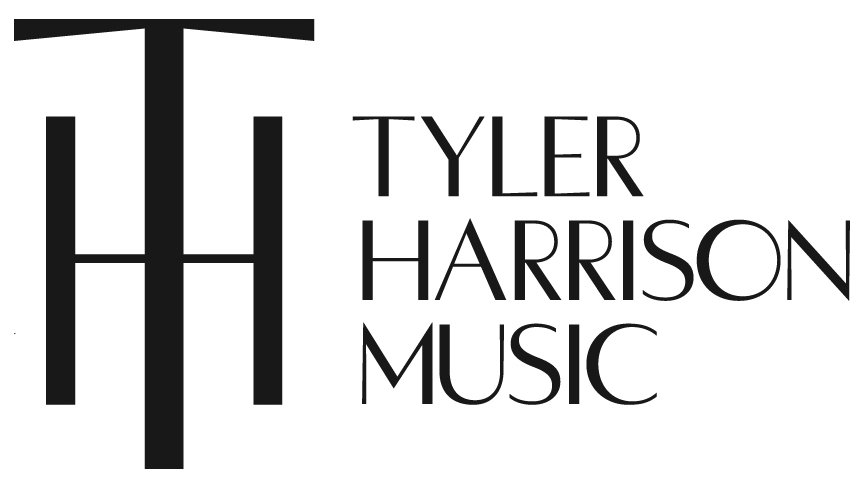symphony no. 3: the garden of tears - wind
PROGRAM NOTES
Symphony No. 3 was written for the second half of the world premiere concert on overcoming mental illness with Tchaikovsky's Symphony No. 6. The work is in four movements.
I. Repression and Depression
The first movement is about experiencing repression and the depression that often accompanies mental illness. Passages throughout the work appear in major to signify hope. No matter where one is with their struggle, there is always hope.
II. Mania
The second movement is a musical depiction of the tension and euphoria experienced in mania. I used sharp changes in major and minor to portray this, along with “cloud” canons to convey the feeling of racing thoughts. The movement ends with what always follows a mania, an inevitable and crippling crash.
III. The Teacher
The third movement is about teaching. My path in overcoming my own struggle certainly involved my career as a teacher. However, the secret to happiness has everything to do with teaching. You must teach yourself to experience love, joy, and inner peace. Then you must teach others to do the same. Since I often teach piano, this movement features two pianos playing to each other in a canon, where the student learns by imitating the teacher.
IV. The Garden of Tears
The fourth and final movement considers life after escaping the darkness and finding purpose – turning one's tears into joy and laughter. This part features multi-voice canons and fugues, including a “laughing fugue”, where the orchestra "laughs" using the fugal theme.
My Symphony No. 3 invites the listener to consider a new narrative where struggle can be overcome by hope and triumph. Mental illness is an ongoing battle, but it is not cause to give up hope. In fact, it can be a path to a glorious new beginning.
The Garden of Tears is a metaphor embodying both the struggle of mental illness and the hope required to survive it. The Garden thrives on the tears that water it, but it is the laughter and joy that ultimately defines its beauty.
